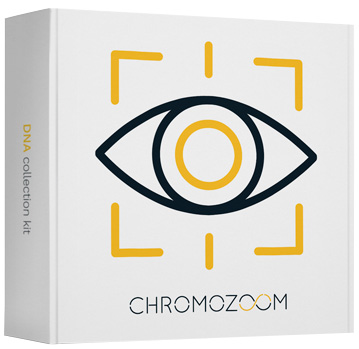Myopia (Nearsightedness)
Myopia, basically known as nearsightedness, is a type of refractive error, and it represents a common cause of eye impairment worldwide. It can even lead to a loss of vision. In 2010, the number of people affected with myopia was estimated at 1.95 billion, and it is projected that the prevalence of myopia in the global population will reach 4.75 billion in 2050.Nearsightedness is characterised by a poor, blunt distance sight. Myopia formation is particularly related to genetic predisposition, but external factors have a certain influence as well - increased effort during study, frequent reading, close work (computing, watching TV, etc.)
Nearsightedness is experienced by individuals suffering from myopia, their eye(s) being longer in shape than that of a healthy eye. As a result, the cornea and lens refractive power is too large, and the rays of light are refracted more than necessary. The resulting image of an observed object (when viewed from a distance) falls in front of the retina, and it is defocused.
Myopia develops most frequently in childhood, or in puberty, but it can be diagnosed later as well. With advancing age, the defect deteriorates. Between 20 to 25 years of age, in connection with the end of growth, the defect generally stabilises, and its degree does not change. With increasing age, nearsightedness may increase in some cases.
Nearsightedness can be resolved with glasses, contact lenses, and by refractive surgery.
Eye hygiene and the recommended handling of contact lenses
1) Always wash and dry your hands before handling contact lenses.
2) Clean the contact lenses carefully and regularly according to your physician’s guidance. Before soaking the lenses overnight with disinfection solution, wash them with clean fingers and rinse them thoroughly with the solution.
3) Store the lenses in a clean case and replace the case every three months, or more frequently. After each use, wash out the case.
4) Always follow the regular contact lens replacement schedule according to the manufacturer's recommendation, or based on your physician's guidance.
